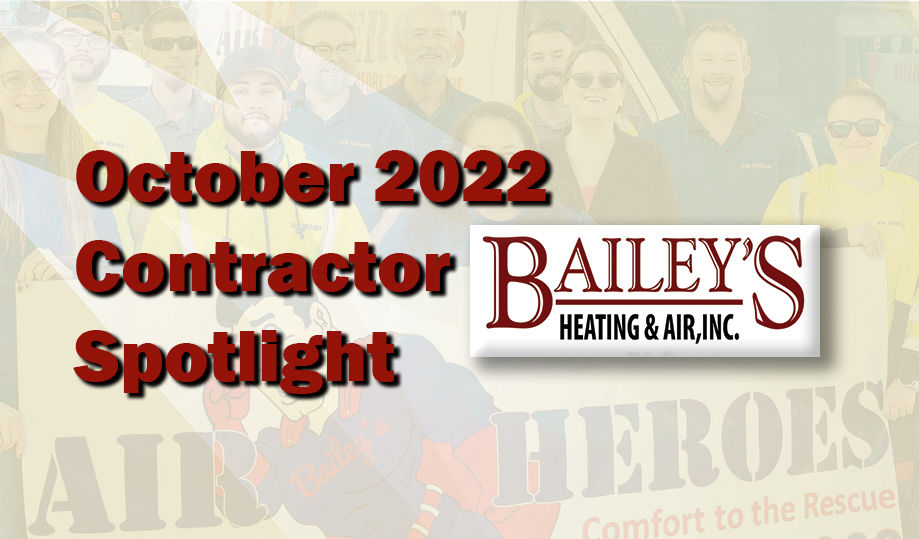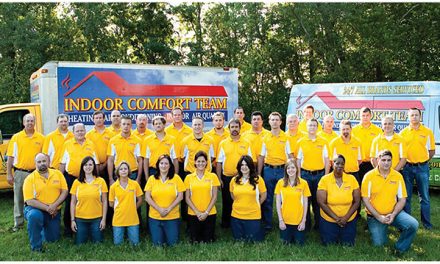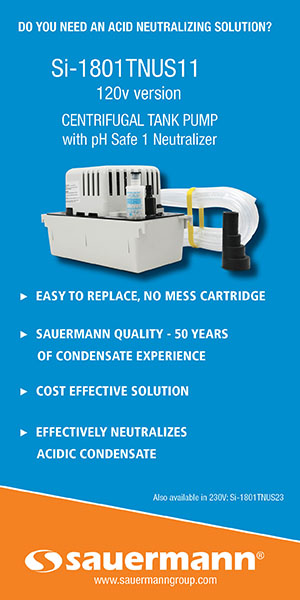It’s Always About the Ductwork
“My key message to PG&E (through their third party implementer, Frontier Energy) was that it is always about the ductwork. I explained how we start every project by looking at the house, doing a load calculation to get the correct equipment size, and then measuring the existing system to see how it performs before we do anything else.
“This includes how much air the system delivers, how many Btus it puts out, and how much energy it consumes.
“Only after completing all that do we recommend changes,” he continues. “For example, if a room is supposed to have 180 CFM but is only getting 130, we know there is an issue. We need to either run more duct, fix the duct, balance it, or whatever else is necessary.
“And then we usually add attic insulation to most homes if it’s lacking, and some other things we’d suggest. We don’t do windows.”
The goal, according to Bailey, is to get involved. That way he can help utilities understand that a high-performance approach, like the one he uses in his company, would benefit the customer with a more comfortable home and lower bills. Results would also help utilities by reducing the energy needed to run the home and help the entire state because they are lacking power for the grid.
A Bailey Mission to End Box Swapping
“Contractors can help consumers save so much more energy if they just sized even standard efficiency equipment properly,” Bailey continues. “Then take the rest of the money saved from not replacing it with an expensive higher-end unit and put it toward other improvements.
“We must stop swapping boxes. Our industry needs contractors to test in and test out. They should measure the house before they do any work on it. Once again, by measure, I am talking about taking static pressure readings, measuring airflow – total system and room-to-room, and doing load calculations. Help the customer see how their system operates before you make any changes and then show them what it is doing after your changes.”
System Performance and Air Upgrades
From what Bailey talks about, he and his team take high-performance contracting seriously and are successful in their marketplace in providing his customers the comfort and efficiency they want.
But it’s not easy. Bailey says his competitors are the biggest impediment to his company’s approach to testing, measuring, and doing air upgrades.

“These are the guys who tell customers something totally different from what we do,” Bailey says. Competitors will ask a customer who has had a four-ton unit in their home forever why they’d want to replace it with a three-ton unit. Some will even say that a three-ton unit won’t provide enough air for their home!
“I tell customers, based on my load calculations, system tests, and measurements, they only need a three-ton unit. Who will the customer believe? If the competitor is a better salesman or doesn’t price their work right, we can lose that sale.”
It’s a Wrap
Ultimately, Mitch Bailey says the secret to his success is hard work, training, and partnering.
“NCI has some of the best training. They not only train people, but they also show you why a system is operating the way it does. Then they show you how to fix what’s happening, where to look, and what to do.
“I think it’s the best training out there. It’s better than any trade school you can send your techs to because it addresses real-world problems every day in this business.
“NCI training helps you be a better contractor doing a much better job for your customer. The whole goal of this is not only to make money, but also to leave the home better than we found it from a comfort and efficiency standpoint,” Bailey concludes.
For these and other reasons, High-Performance HVAC Today chose Bailey’s Heating and Air as its Contractor Spotlight. Congratulations to the entire team.













Recent Comments